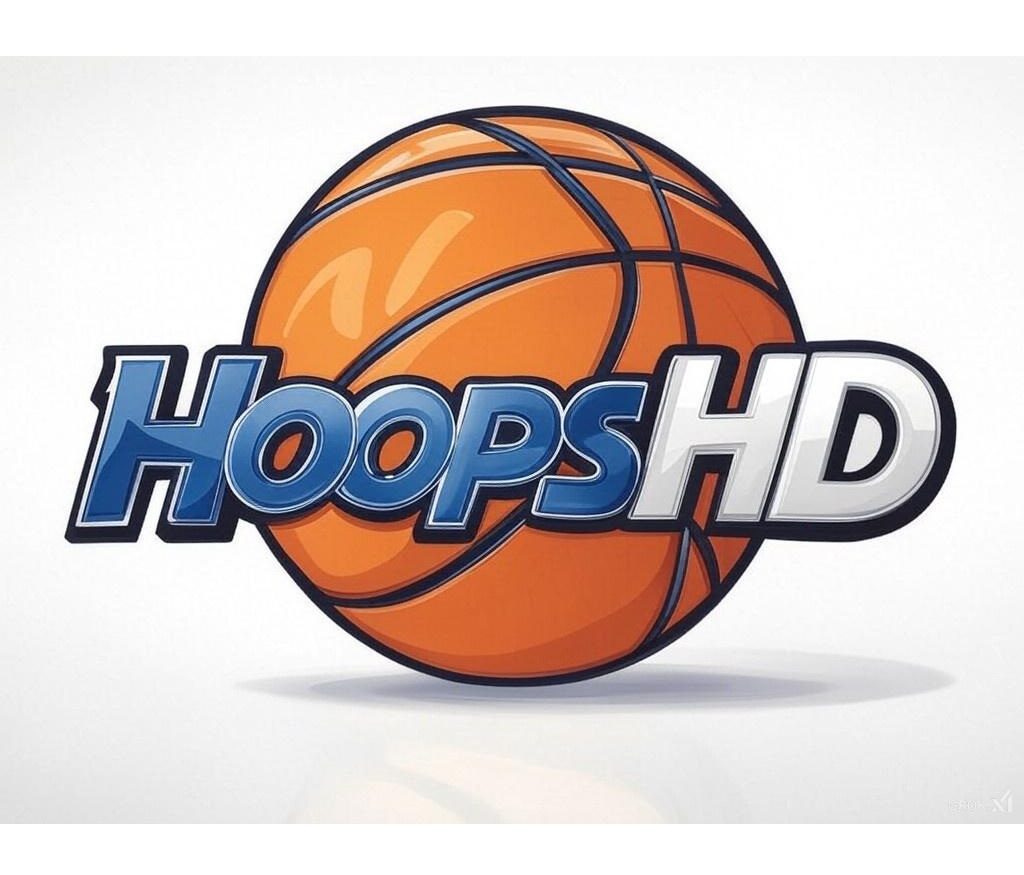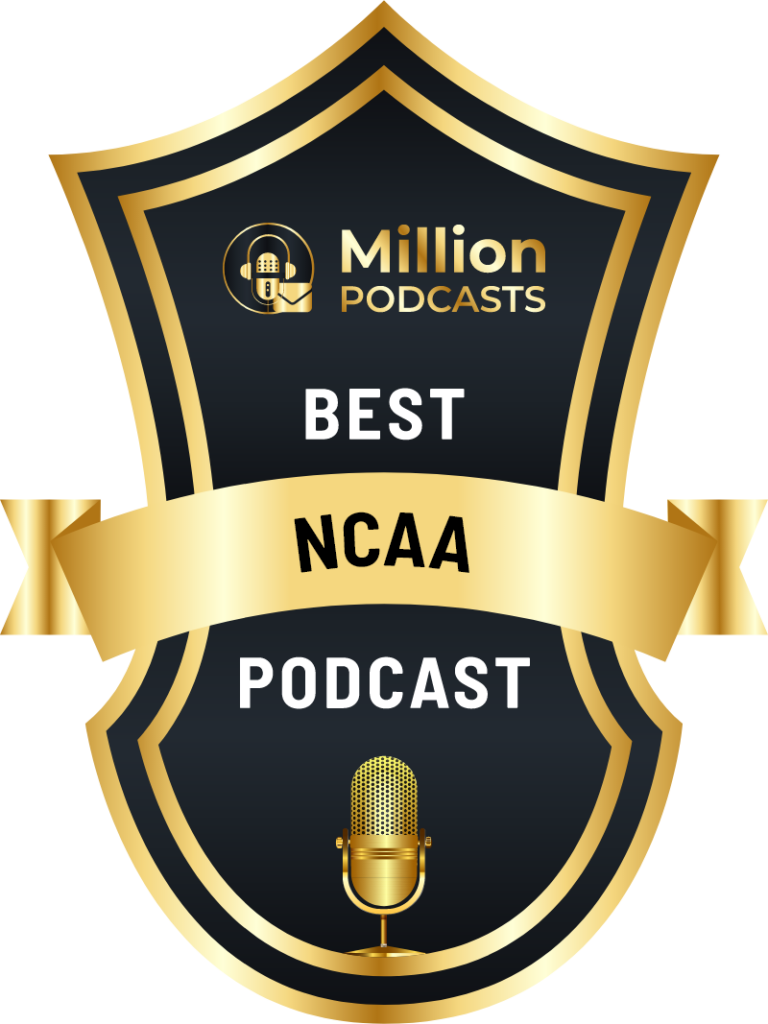The NBA Finals date back to 1947 (when they were known as the Basketball Association of America Finals) and the very 1st NCAA tourney was held in 1939. Olympic basketball competition is even older: it debuted as a demonstration event in 1904 and the men’s version became a medal sport in 1936, with the women finally getting their chance to go for the gold in 1976. The United States has dominated Olympic basketball competition from the start: the men have now won 17 gold medals in the 20 tournaments they have participated in during the past 88 years, while the women have won 10 gold medals in the 12 tournaments in which they have competed during the past 48 years. While we have to wait 4 years until the 2028 Olympics in Los Angeles, HoopsHD’s Jon Teitel will fill the void by interviewing as many prior Olympic players/coaches as possible. We continue our coverage by chatting with Fullerton features writer Kirk San Roman about Nancy Dunkle being a 3-time All-American and winning a silver medal.


As a player at Connelly High School Nancy went 55-1 in CIF play: how did she end up at Fullerton? I do not know the specific reason why Nancy chose CSUF, but Anaheim and Fullerton are neighboring cities, and Fullerton was already a functioning/successful program with a young dynamic head coach in Billie Moore. Additionally, there were fewer opportunities in those days: for example, UCLA would not field its 1st women’s basketball team until 1974.
She was a 6’2” center: how much of an advantage was her height on the court? Standing 6’2″ and being aggressive on the court would have given her a tremendous advantage in the early years of women’s college basketball.
As a member of Team USA she won a silver medal at the 1973 World University Games, a gold medal at the 1975 Pan Am Games, and a silver medal at the 1976 Olympics: what did it mean to her to represent her country, and what did it mean to her to win all of those medals? She was very proud of her individual and team accomplishments. We have always tried to recognize her at Cal State Fullerton. Not only was she in the inaugural Titan Hall of Fame class, but her jersey number banner hangs proudly in historic Titan Gym.
She led Fullerton to 4 straight AIAW tourneys including the 1975 Final 4: how much of a national power were the Titans during that era? We recognize our 1969-70 CIAW team as a national champion. Coach Moore was a great leader who quickly established a winner at a very young university. Nancy was a key part of the Titan basketball story.
She was a 3-time Kodak All-American from 1975-1977: what did it mean to her to receive such outstanding honors? She was very proud of her individual and team honors: her name is listed throughout our women’s basketball record book. She was also very honored to have been inducted into the inaugural Titan Hall of Fame in 2005.
She remains 1 of the all-time leading scorers (19 PPG) and rebounders (9 RPG) in school history: how was she able to put up such great stats despite being constantly double-teamed/triple-teamed? It is remarkable that her stats still hold up so many years later, especially since it was before the introduction of the 3-PT line. Everyone who saw her play recognized that she was a “force” in women’s basketball at every level. She was way ahead of her time in terms of her determination and style of play.
In 1977 she was hired as head coach at her alma mater to replace her college/Olympic coach Billie Moore: why did she take the job, and how difficult was it to replace a legend? Nancy was the obvious choice at the time, especially with pro basketball opportunities so limited for women in the 1970’s. My understanding is that she never completely felt comfortable in the role of head coach.
From 1979-1981 she played in the 1st women’s pro basketball league in the US: how big a deal would she have been if the WNBA had come along sooner? The WNBA of 2024 is much different than the WNBA of 1996, but it still would have been great to see her competing at the highest level. Of course, she did so with the US Olympic team.
In 2000 she was inducted into the Women’s Basketball Hall of Fame and in 2005 she was part of the inaugural class of the Titan Athletics Hall of Fame: where does she rank among the greatest athletes in school history (which includes superstars like Bruce Bowen/Mark Kotsay/Kathy Van Wyk)? I was honored to have been chosen to represent the boosters in selecting the 1st Titan Hall of Fame class in 2005. I thought it was important, and the other committee members agreed, that we inaugurate Nancy to that 1st class. She is also recognized with a banner hanging in historic Titan Gym.
When people look back on her career, how do you think that she should be remembered the most? I hope that they will recognize Nancy as one of the true pioneers in the sport of women’s basketball: not just in the United States, but internationally. To me, she is every bit as important to the game as legends like Nancy Lieberman, Cheryl Miller, Anne Donovan, and Ann Meyers.


